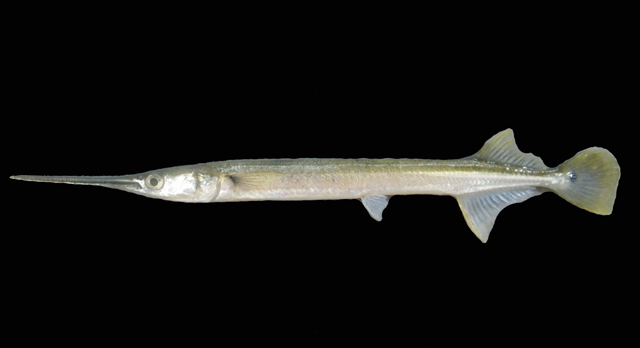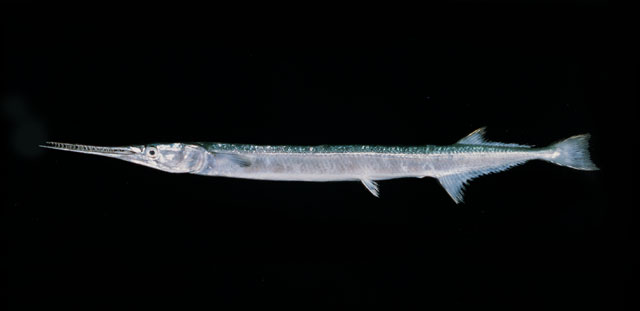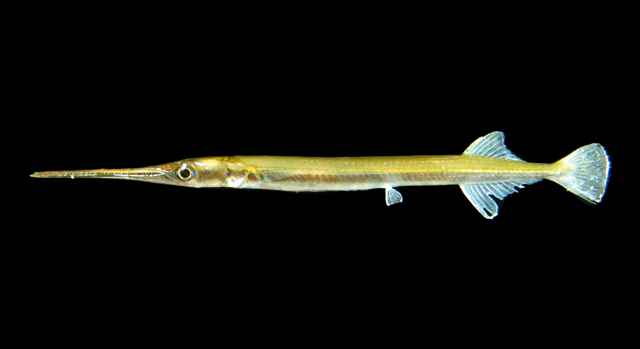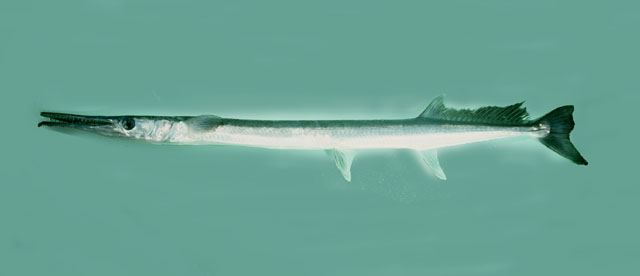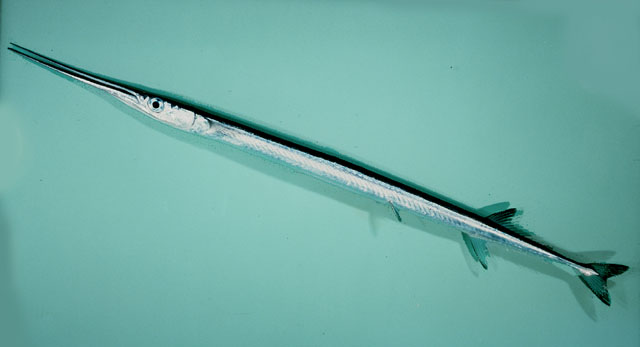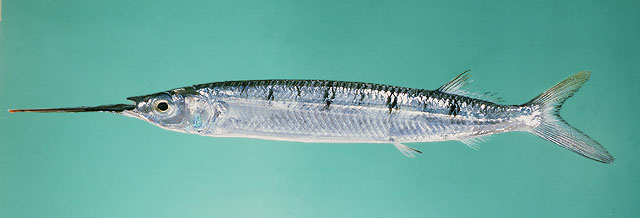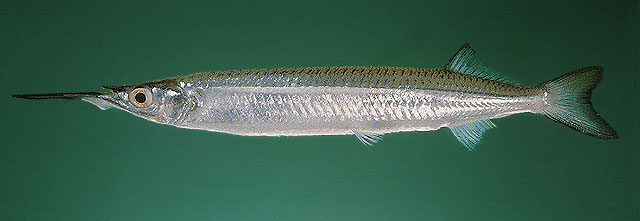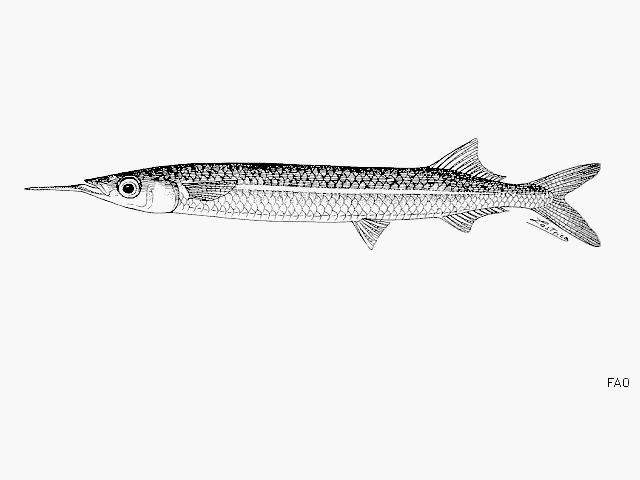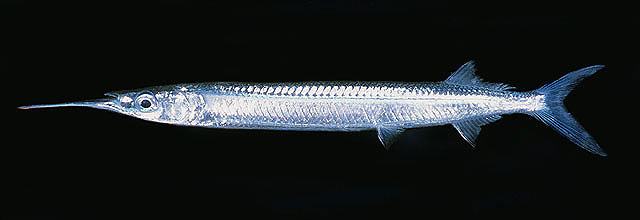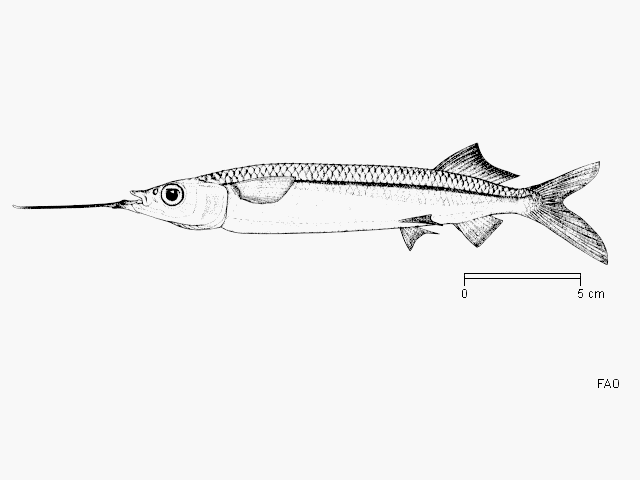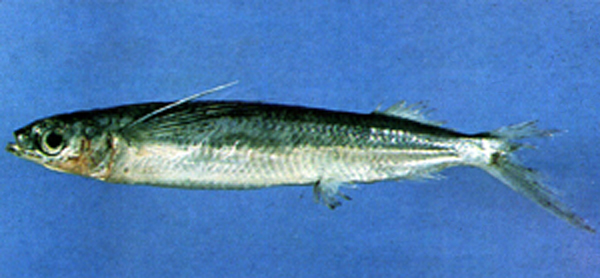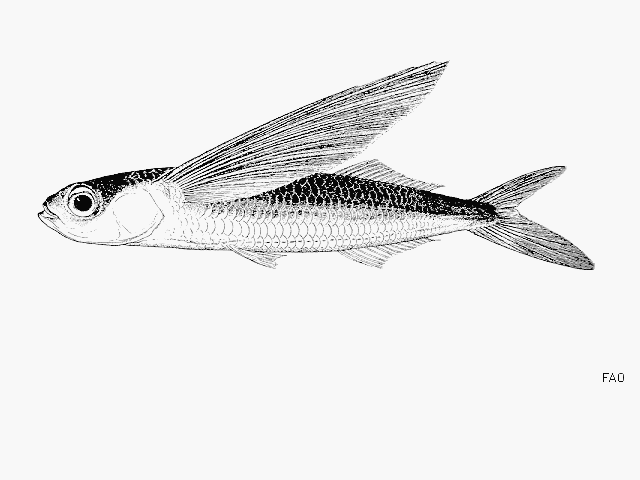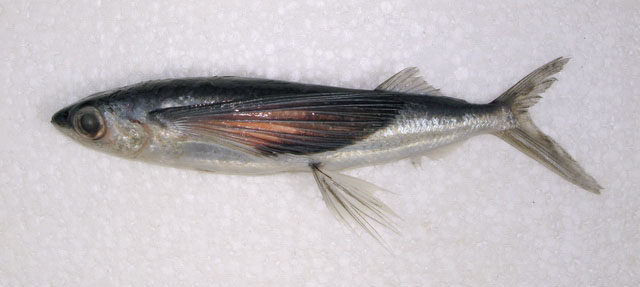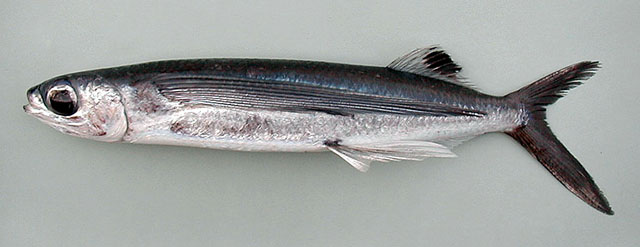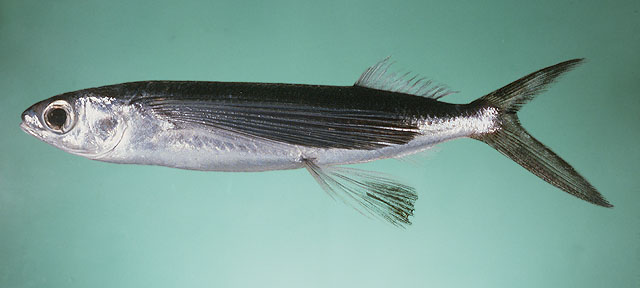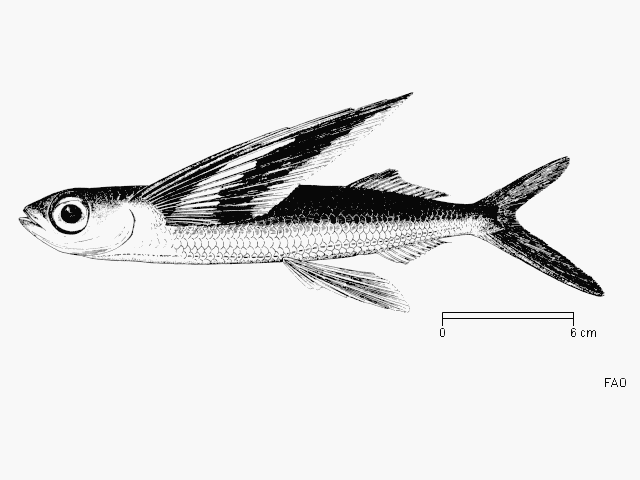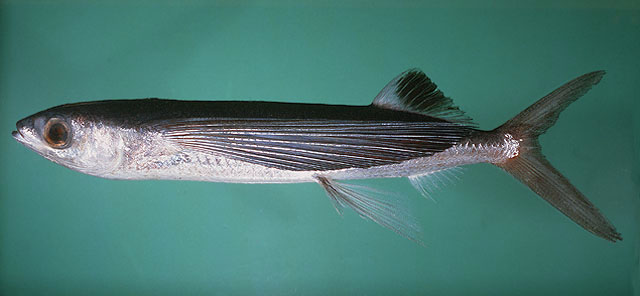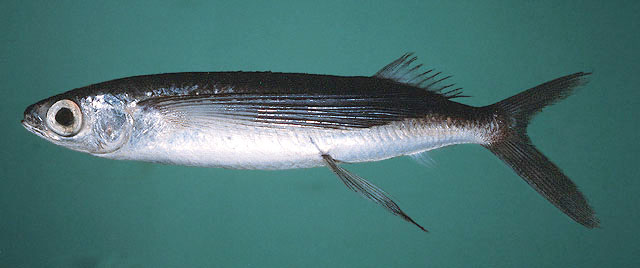ปลากะทุงเหวใหญ่ เต๊กเล้งกลม
Tylosurus crocodilus crocodilus (Péron & Lesueur, 1821)
Hound needlefish ขนาด 150cm
พบหากินใกล้ผิวน้ำรอบกองหินและแนวปะการัง รวมทั้งทะเลเปิด บางครั้งเข้ามาแถบๆแนวหญ้าทะเล และ ปากแม่น้ำ
Distribution: Marine and freshwater. Tropical and temperate waters. Diagnostic Features: Elongate fishes with both upper and lower jaws extended into long beaks filled with sharp teeth (except in neotenic Belonion); nostrils in a pit anterior to eyes. No spines in fins; dorsal and anal fins posterior in position; pectoral fins short. Dorsal fin with 11-43 rays; anal fin with 12-39 rays, pelvic fins, with 6 soft rays, are located in an abdominal position; and pectoral fins with 5-15 rays. Lateral line running down from pectoral fin origin and then along ventral margin of body. Scales small, cycloid, easily detached. Precaudal vertebrae 33-65, caudal vertebrae 19-41 and total vertebrae 52-97. Colour: These fishes live at the surface and are protectively colored for this mode of life by being green or blue on the back and silvery white on the lower sides and belly. Usually, a dusky or dark blue stripe along sides; fleshy tip of lower jaw frequently red or orange. Some fresh water needlefishes reach only 6 or 7 cm in total length while some marine species may attain 2 m. Composition of Family: The Belonidae contains 10 genera and 34 species. Four genera are monotypic: the southern African Petalichthys, the worldwide Ablennes and Platybelone, and apparently the Asian freshwater Xenetodon. The eastern Atlantic Belone contains two species. Tylosurus contains six species of strictly marine species. Three genera are restricted to freshwaters of South America: Belonion (two species), Potamorrhaphis (three), and Pseudotylosurus (two). The most speciose genus, Strongylura, contains 14 species, mostly marine, some estuarine, and three strictly freshwater, two of which are found in Central and South America, S. fluviatilis from Ecuador and Colombia and S. hubbsi from Mexico and Guatemala. Five species are considered polytypic, containing a total of 17 subspecies. Habitat and Biology: Most species are marine, but some occur in freshwaters. Carnivorous, feeding largely on small fishes which they catch sideways in their beaks. Needlefishes tend to leap and skitter at the surface and some people have been injured when accidentally struck by them, particularly at night when the fishes are attracted by lights. Eggs have entangling tendrils which act as holdfasts to each other and to objects in the water (Ref. 205). Interest to Fisheries: Caught by casting or trolling surface or near-surface lures and in floating gill nets. Flesh excellent in flavor although some people have misgivings about eating it due to the presence of many small bones and the green color of the bones.
ปลากะทุงเหว เป็นปลาผิวน้ำถึงกลางน้ำ ลำตัวเรียวยาว ปากยาว มีฟันเป็นซี่ในการคีบเหยื่อ เป็นปลาล่าเหยื่อที่กินปลาเล็กๆเป็นอาหาร ส่วนมากพบในทะเล มีไม่กี่ชนิดพบในน้ำจืด วางไข่ติดกับวัสดุลอยน้ำ


